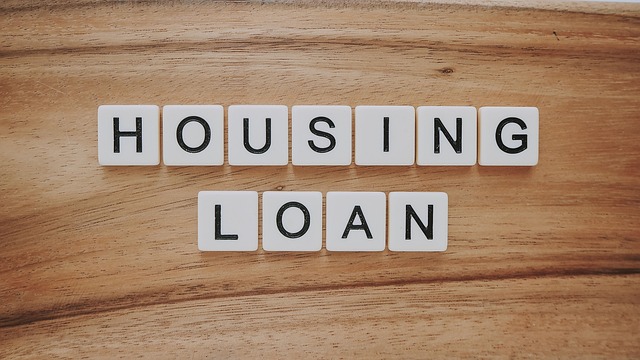Mortgage basics: Understanding loans for home purchase
A mortgage is a loan specifically designed to help people buy a house or refinance an existing home loan. It lets borrowers spread the cost of a property over many years while the lender holds a security interest in the property until the loan is repaid. Mortgages vary by term length, interest structure, and qualifying requirements: common features include a down payment, a fixed or adjustable interest rate, monthly principal and interest payments, and possible escrow for taxes and insurance. Lenders evaluate income, credit history, debt-to-income ratio, and the property’s value to decide terms and eligibility. Understanding amortization schedules, closing costs, and the impact of interest compounding helps borrowers compare offers and plan monthly budgets. For many, a mortgage is the primary tool to move from renting to owning; for others it’s a way to access home equity for repairs, consolidation, or investment. Because mortgage choices affect long-term finances and the affordability of a house, careful comparison of rates, loan types, and total costs over the loan life is important before committing to an arrangement.

What is a mortgage and how does it work?
A mortgage is a secured loan where the property itself serves as collateral. Borrowers and lenders agree on loan amount, interest rate, and term length—commonly 15, 20, or 30 years. Monthly payments typically include principal (the loan balance) and interest (the cost of borrowing). Early payments tend to be interest-heavy under standard amortization; over time the portion applied to principal grows. Mortgages may be fixed-rate, keeping the interest constant, or adjustable-rate, where rates change per contract terms. If a borrower misses payments, the lender may start foreclosure proceedings to recover the balance by selling the house.
How does a mortgage affect buying a house?
A mortgage determines how much you can afford to pay for a house and the monthly cash flow you must manage. Lenders use income, credit, existing debts, and a property appraisal to set maximum loan amounts. Down payments reduce the borrowed amount and may lower interest rates or eliminate mortgage insurance requirements. Closing costs and pre-paid items add to the initial cash needed. Choosing a longer-term loan lowers monthly payments but increases total interest paid over time. Understanding these trade-offs helps match a mortgage to personal financial goals and housing priorities.
What should you know about mortgages for your home?
When taking a mortgage for your home, pay attention to interest type, term, fees, and any prepayment penalties. Escrow accounts commonly collect property taxes and homeowner’s insurance through monthly payments, simplifying annual obligations but increasing monthly outlay. Private mortgage insurance (PMI) can apply when down payments are below certain thresholds; it adds costs until loan-to-value falls under lender limits. Refinancing is an option to change terms or tap equity, but transaction costs should be weighed against potential savings. Keep documentation of income and assets current to support refinancing or home equity borrowing.
How does a mortgage relate to personal finance?
Mortgages are often the largest debt many people hold and have major implications for personal finance. Monthly mortgage payments compete with other budget items, so maintaining emergency savings and avoiding excessive consumer debt is important. Interest on some mortgages may have tax implications depending on jurisdiction; consult a tax professional for specifics. Building home equity over time can create wealth, but property values can fluctuate. Integrating mortgage planning with retirement, savings, and insurance strategies helps maintain financial resilience in the face of rate changes or unexpected expenses.
What are key ways to save money on a mortgage?
Saving money on a mortgage can come from a few practical moves: improving your credit score before applying to secure lower rates, making a larger down payment to reduce the principal and possibly avoid mortgage insurance, and comparing multiple lender offers including fees and APRs rather than rate alone. Shorter loan terms typically carry lower rates and reduce total interest but increase monthly payments. Making extra principal payments or biweekly payment schedules can shorten the loan and cut interest costs if your loan allows prepayment without penalties. Also consider whether refinancing makes sense when rates drop significantly relative to your current loan.
Conclusion
Mortgages are complex financial instruments that enable home ownership but require careful planning and comparison. Key considerations include loan type, interest rate structure, term length, down payment size, fees, and how payments fit into your broader finance and money management goals. Understanding these elements, reviewing offers from multiple lenders, and aligning a mortgage choice with your long-term plans will help ensure the loan supports both the purchase of a house and your overall financial stability.





